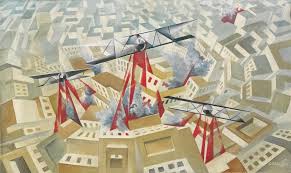
1910 - 2000
Tullio Crali
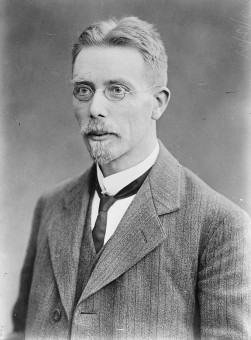
description
An Italian painter and sculptor, a representative of the second wave of Futurism and an outstanding participant in the movement of aero painting. Known for his realistic work that combines speed, aerial perspective and the mechanical aesthetics of war.
The name Tullio Crali is inextricably connected with the theme of airplanes, which he repeatedly used in his work. Having made his first flight in 1928, the artist forever fell in love with the sky and the powerful roar of machines and decided to convey this impressive experience to the viewer with the help of painting.
Crali joined Futurists at the age of 19, and, despite his youth, played a significant role in its development. At the beginning of his career, the artist painted military aircraft, praising the aesthetics of air combat and romanticizing the actions of Italian air forces. After the end of World War II, Crali remained faithful to the aesthetics of Futurism. His later works focused on the transfer of complete immersion in airspace from the point of view of the pilot. The works of Crali are distinguished by a dizzying perspective and expressive dynamics. His contribution to art is not only painting but also voluminous autobiographical works revealing the features of futuristic fine art.
Key ideas:
– The master strove to realistically convey the feeling of flying, praising its poetry and beauty. The goal of most of the artist’s famous works is to describe the feeling of rising above the ground, the hum of the motor and the swiftness of landscapes flying below as accurately as possible; the main theme is airplanes, pilots, military operations over the city and views of the Earth from a great height.
– The artist distorted the perspective, subordinating the surrounding space to the energy of movement. A plane racing at tremendous speed involves all the surrounding space in its flight, including the city with its houses and industrial buildings, lakes and rivers, wind and clouds. Everything on the canvas of Crali merges into a single dizzying whirlwind – a rapid whirlpool of life.
– Placing the viewer in the cockpit, the author of the paintings made him a participant in the plot. The artist depicted not only landscapes of the Earth from above, but also the inside of the cockpit, and sometimes the pilot himself. Many canvases are presented as if “in the first person”, from the point of view of a person sitting at the helm.
– Like other followers of aerial painting, Crali used the spatial distortion method, expanding the angle of view of a person by almost 180 degrees. Thanks to this, the viewer can simultaneously see a wide panorama of the world below, the heavenly expanses through the prism of the cockpit. He depicted the world from different, sometimes unexpected angles, changing places of heaven and earth.
– Despite the fact that Crali was famous for his airbrushing work, during his long career he managed to try himself in various genres. In addition to airplanes, the artist often depicted urban landscapes, as well as nude female figures in a semi-abstract romantic style.
1910
1925
1928
1929
1932
1936
1945
1958
1969
2000
Tullio Crali was born
“Balzo Fiamma”
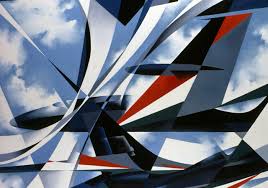
The first works in the style of aero painting

Met F.T. Marinetti

Participated in the exhibition "Italian Futurists" in Paris and Brussels

Participated in the International Exhibition of Sports Art
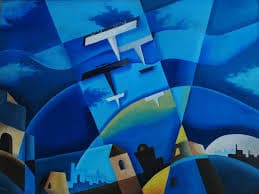
Moved to Paris
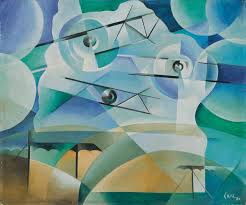
Returned to Italy
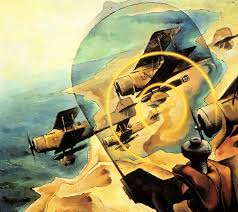
«Orbital Art»
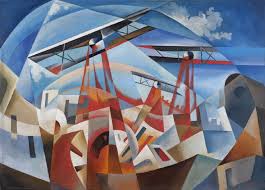
The death of the artist
